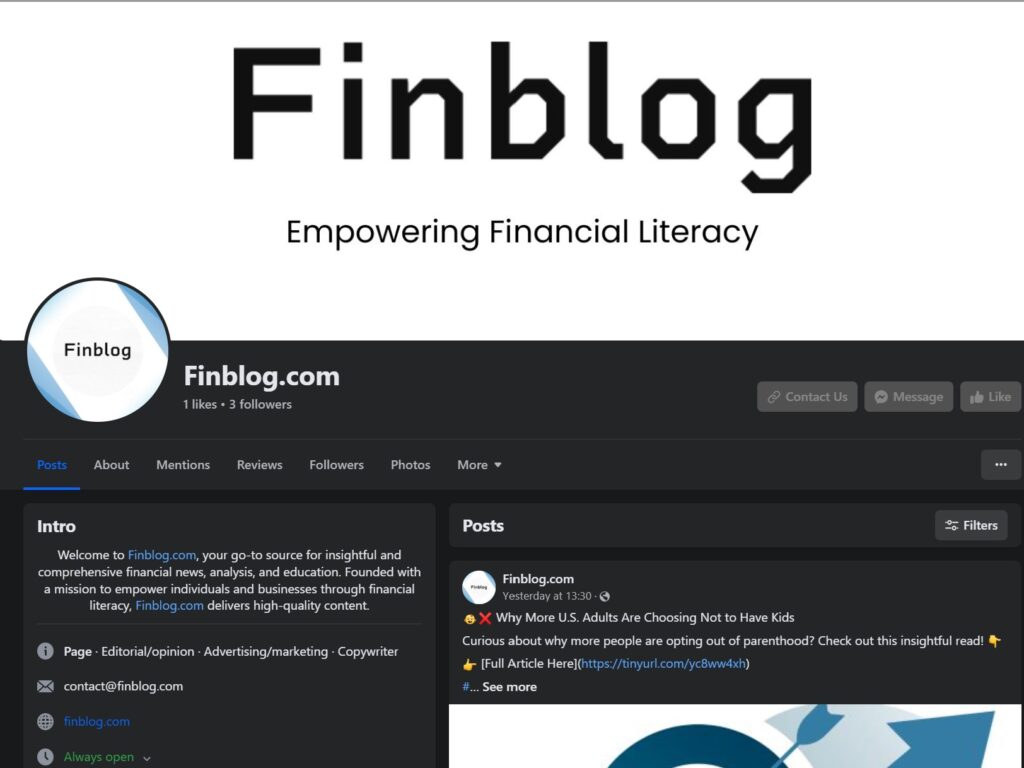How to use Facebook for marketing is a critical question for businesses aiming to leverage one of the world’s most popular social media platforms. With over 2.8 billion monthly active users, Facebook offers vast opportunities for businesses to engage with their target audience, drive traffic, and increase sales. This guide provides detailed, strategic steps on how to maximize your marketing efforts on Facebook.

How to set up Facebook for business
The first step in learning how to use Facebook for marketing is setting up your Facebook Business Page correctly. Your Business Page is the foundation for all your marketing activities on the platform.
- Create a Facebook Business Page: Start by creating a professional Facebook Business Page. Ensure it’s fully optimized with a recognizable profile picture, an engaging cover photo, and complete business details, including your website, contact information, and a compelling “About” section. This is crucial as it sets the first impression for potential customers.

- Understand Your Audience: Use Facebook Insights to gather data on your audience’s demographics, behaviors, and engagement patterns. Knowing your audience is key to crafting content that resonates and drives interaction.
- Define Your Goals: Clearly outline what you want to achieve with your Facebook marketing efforts. Whether it’s increasing brand awareness, driving website traffic, generating leads, or boosting sales, your goals will shape your content strategy and advertising approach.
- Know the Right Time to Post: Timing is crucial in Facebook marketing. The best days to post are typically Tuesday through Friday, with peak times around 10 AM and noon (Eastern). Avoid posting on Saturdays when engagement is lower. Use Facebook Insights to identify when your audience is most active to fine-tune your posting schedule.
Content Strategies: How to Use Facebook for Marketing
Content is the cornerstone of how to use Facebook for marketing. To engage your audience and achieve your goals, focus on creating and sharing content that aligns with your brand and resonates with your target audience.
- Create Engaging Content: Diverse content types such as images, videos, infographics, and live streams are vital. Visual content, especially videos, tends to generate higher engagement rates, making it a critical component of your strategy. Keep content concise and compelling to capture attention quickly.
- Leverage Facebook Stories and Reels: Use Facebook Stories and Reels to share short, engaging content that disappears after 24 hours. However, this format is ideal for behind-the-scenes content, quick updates, and time-sensitive promotions, fostering a sense of urgency and immediacy.
- Schedule Your Posts: Consistency is key in Facebook marketing. As a result, use tools like Facebook’s native scheduling feature or third-party platforms like Hootsuite to plan and schedule your posts in advance. This ensures a steady flow of content and allows you to post at optimal times for your audience.
- Engage with Your Audience: Active engagement with your audience is crucial. Respond promptly to comments, messages, and reviews. This interaction builds trust and fosters a community around your brand, which is vital for long-term success
- Be Mindful of Reviews: Online reviews can significantly impact your brand’s reputation. Respond to negative reviews with tact and professionalism. Avoid personal or rude responses to maintain a positive image, especially when your business is in the growth stage.
- Appeal to Your Target Audience: Facebook’s analytics tools provide insights into your audience’s preferences and behaviors. Use this data to tailor your content, ensuring it meets the needs and interests of your audience. Targeted content increases engagement and improves the overall experience your brand offers.

Advertising Tips and Strategies
Facebook’s advanced advertising tools are indispensable for businesses. Knowing how to use Facebook for marketing through ads can dramatically increase your reach and drive measurable results.
- Start with Facebook Ads Manager: Facebook Ads Manager is your hub for creating, managing, and tracking your ad campaigns. Set specific objectives, precisely target your audience, and monitor your ads’ performance through this powerful tool.
- Target the Right Audience: Facebook’s robust targeting options allow you to reach specific demographics, interests, and behaviors. Moreover, utilize Custom Audiences to target people who have interacted with your brand and Lookalike Audiences to find new customers similar to your existing audience.
- Create Compelling Ad Content: Ad content should be visually appealing and have a clear call to action (CTA). Experiment with different formats, including carousel ads, video ads, and slideshow ads, to determine what works best for your audience. Always test variations to optimize performance
- Set a Budget and Bidding Strategy: Establish a budget and bidding strategy that aligns with your marketing goals. Whether you choose daily or lifetime budgets, keep a close eye on your spending and adjust your bids to optimize the return on investment (ROI).
- A/B Test Your Ads: Use A/B testing to experiment with different ad elements, such as headlines, images, and CTAs. Analyzing which versions perform best allows you to refine your ads for better results.
- Analyze and Optimize: Leverage Facebook’s analytics tools to monitor your ads’ performance. Track metrics like reach, engagement, click-through rates (CTR), and conversions. Regular analysis is essential for fine-tuning your campaigns and maximizing ROI.
- Monitor Key Metrics: Facebook offers detailed metrics on likes, comments, shares, Page views, and other key performance indicators (KPIs). Track these metrics to understand your audience’s behavior and preferences. Use this data to refine your strategy and ensure your content and ads are resonating with your target audience.
Knowing how to use Facebook for marketing involves a strategic blend of content creation, audience engagement, and targeted advertising. Therefore, by leveraging Facebook’s tools and insights, you can effectively reach and connect with your audience, driving business growth and achieving your marketing goals on this powerful platform.
Reference:











